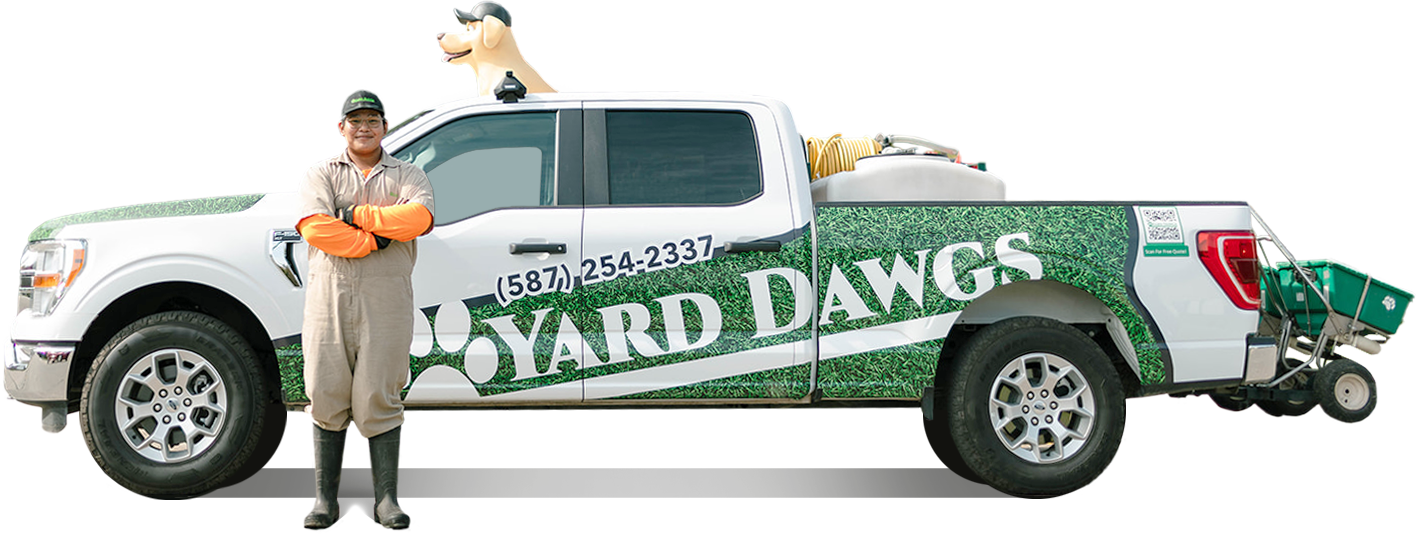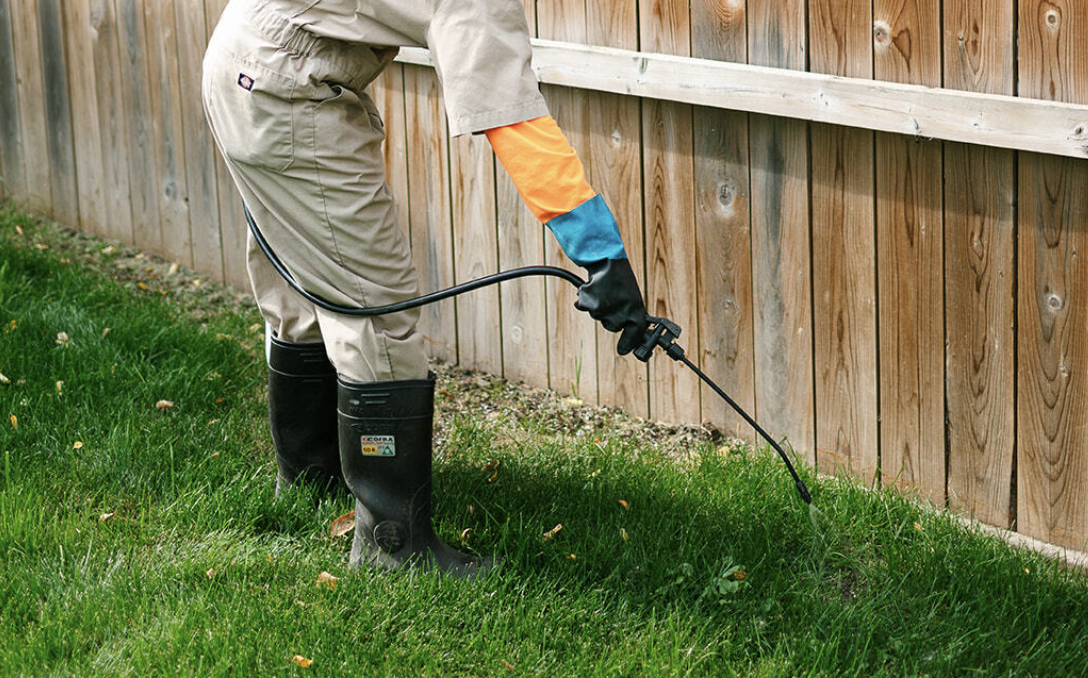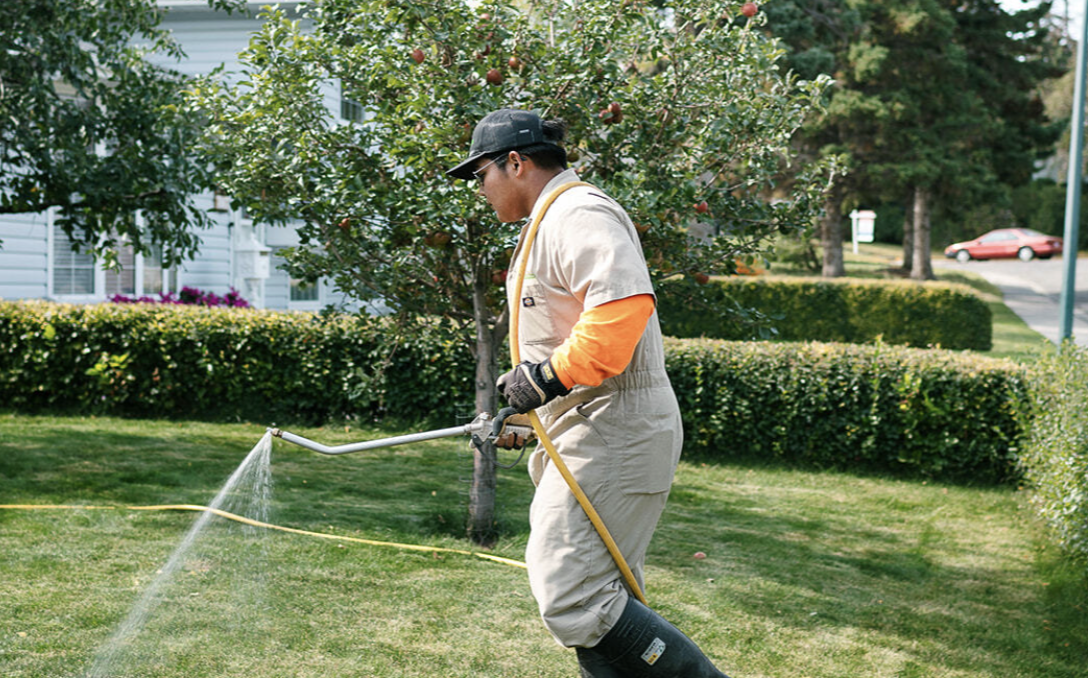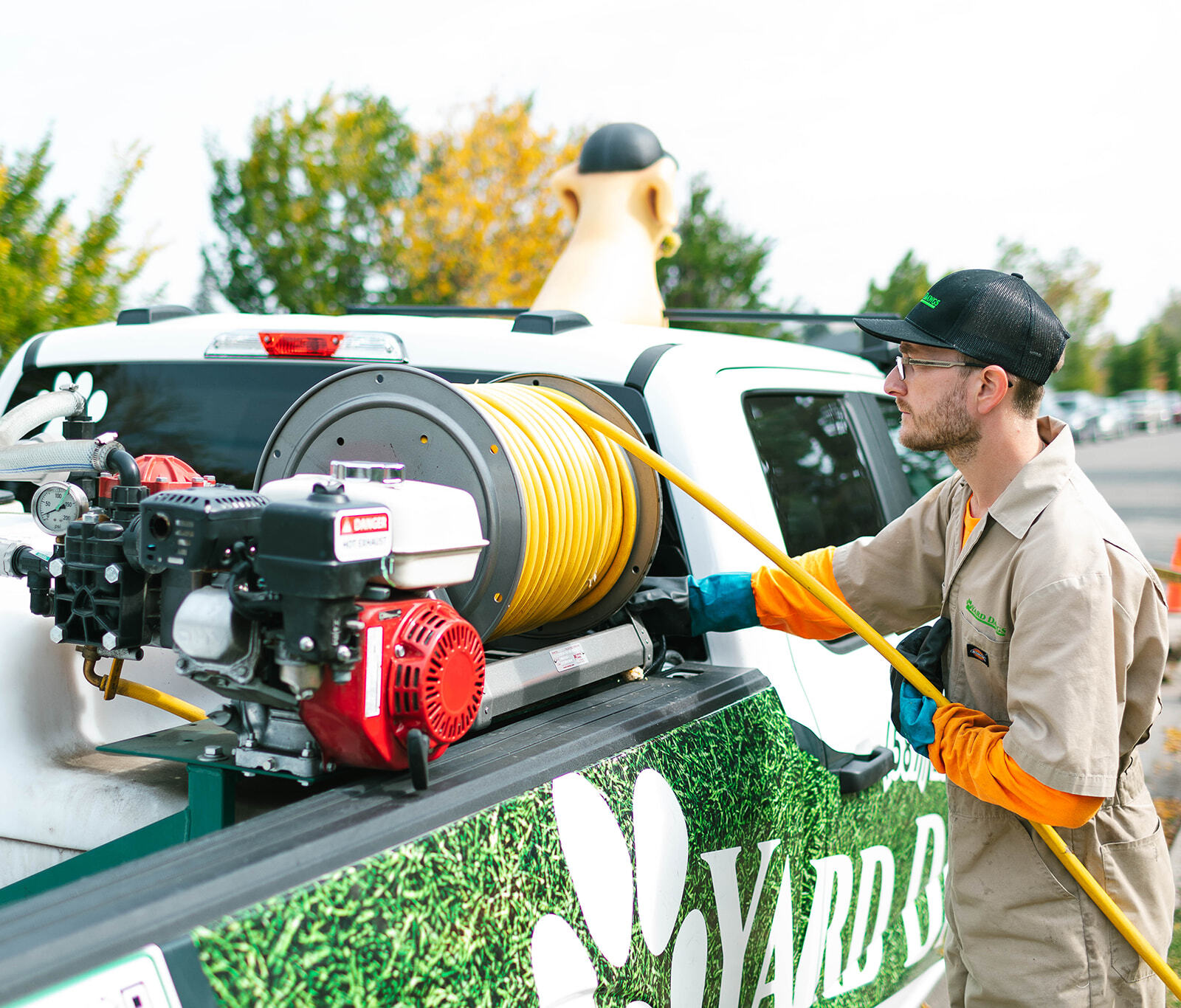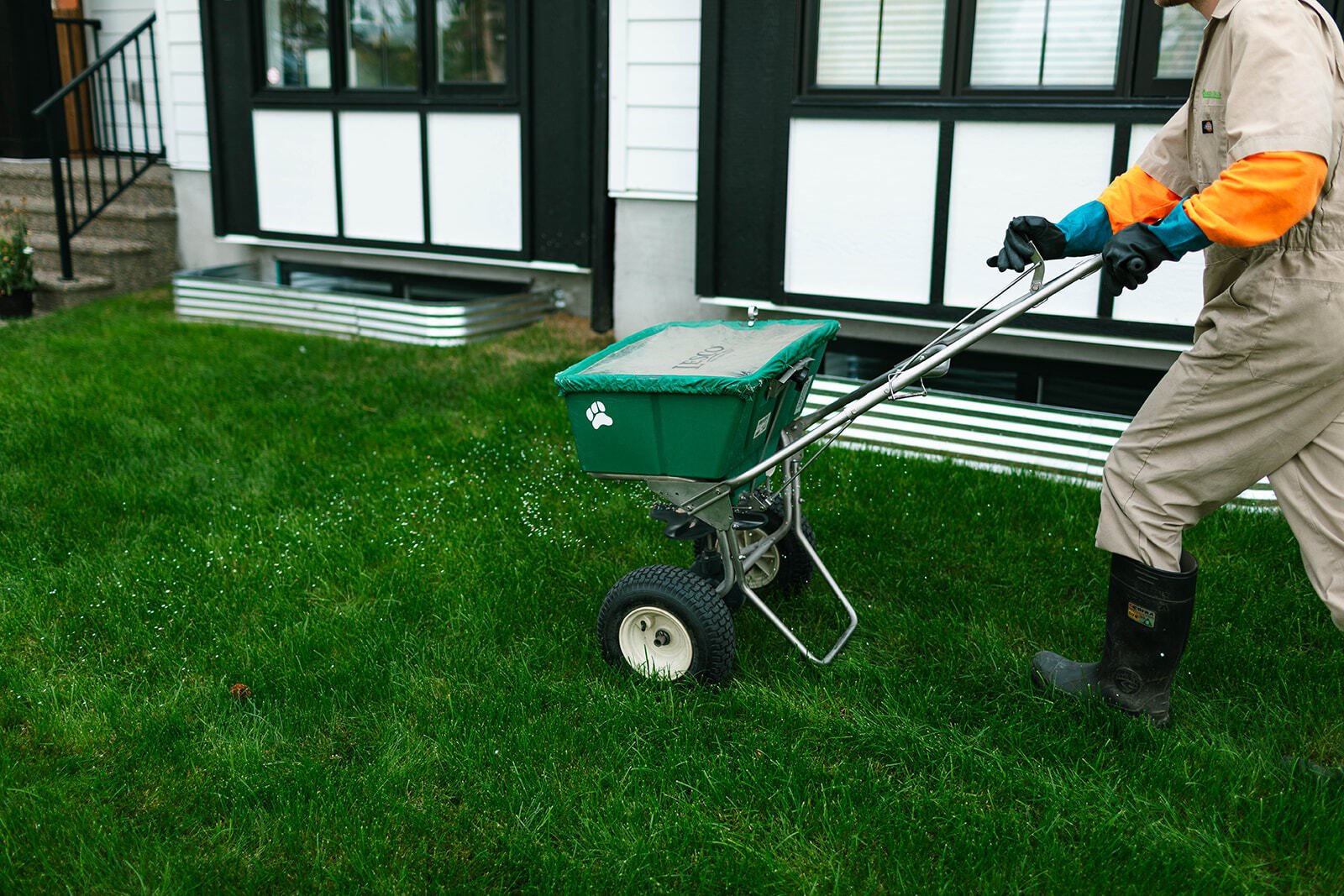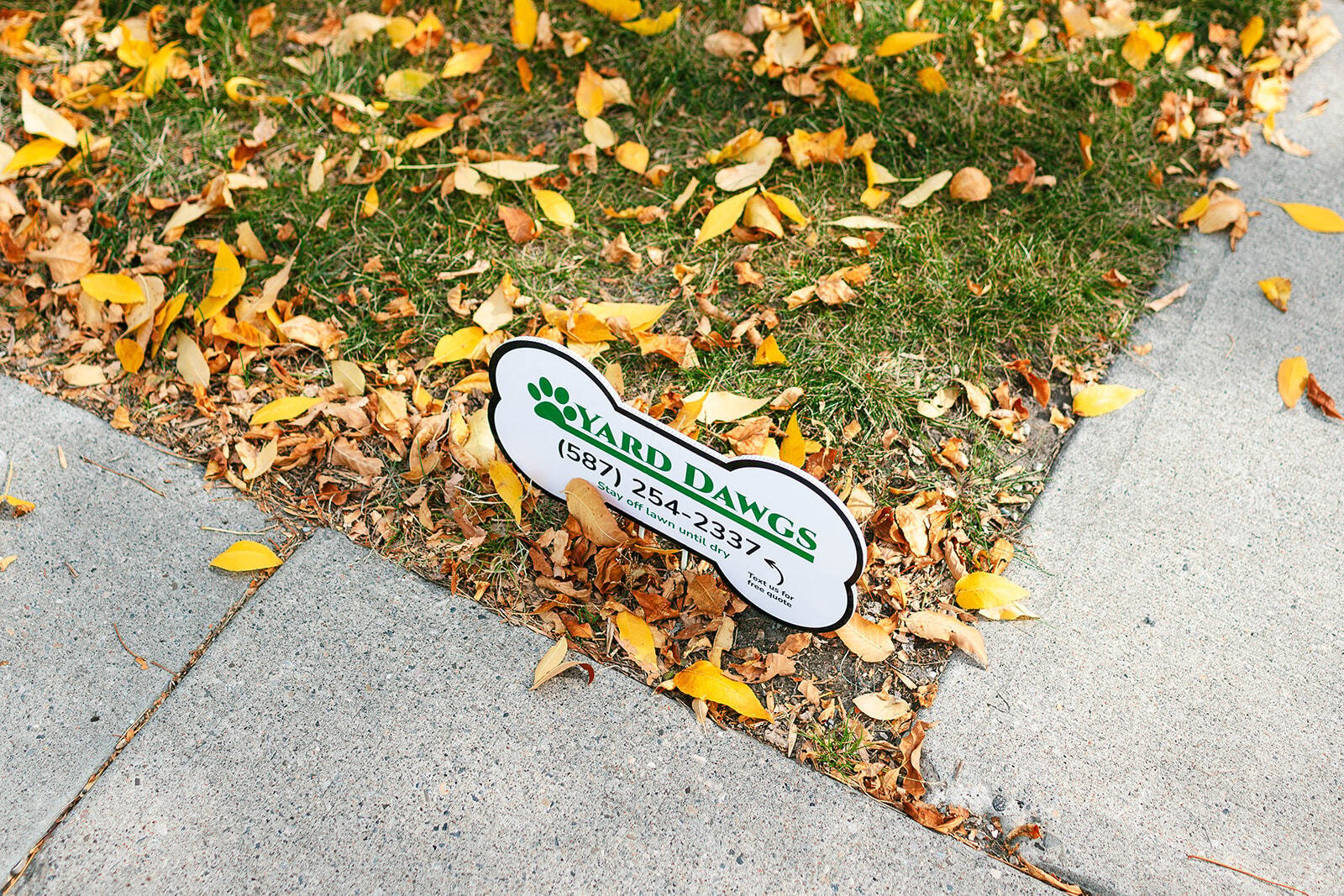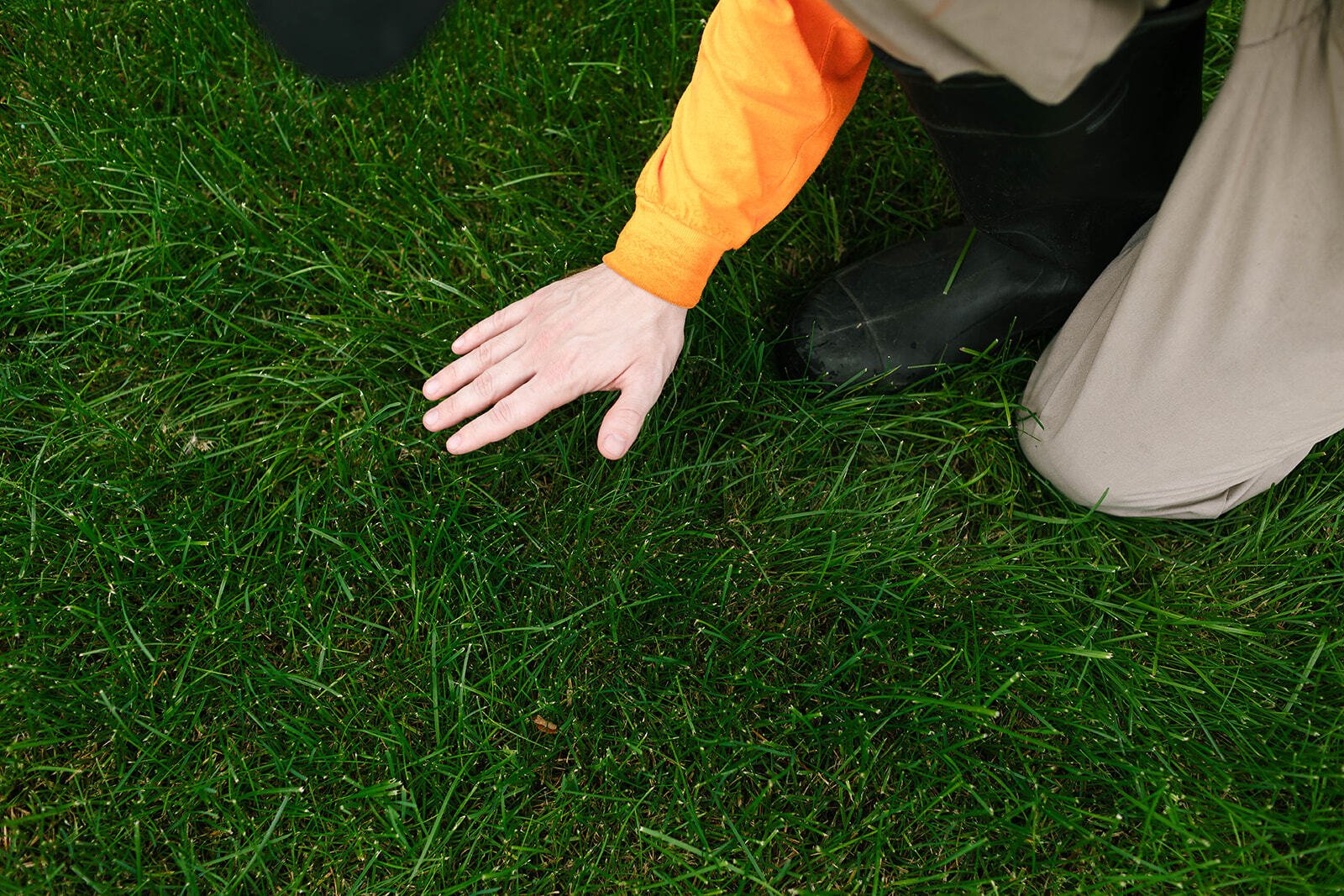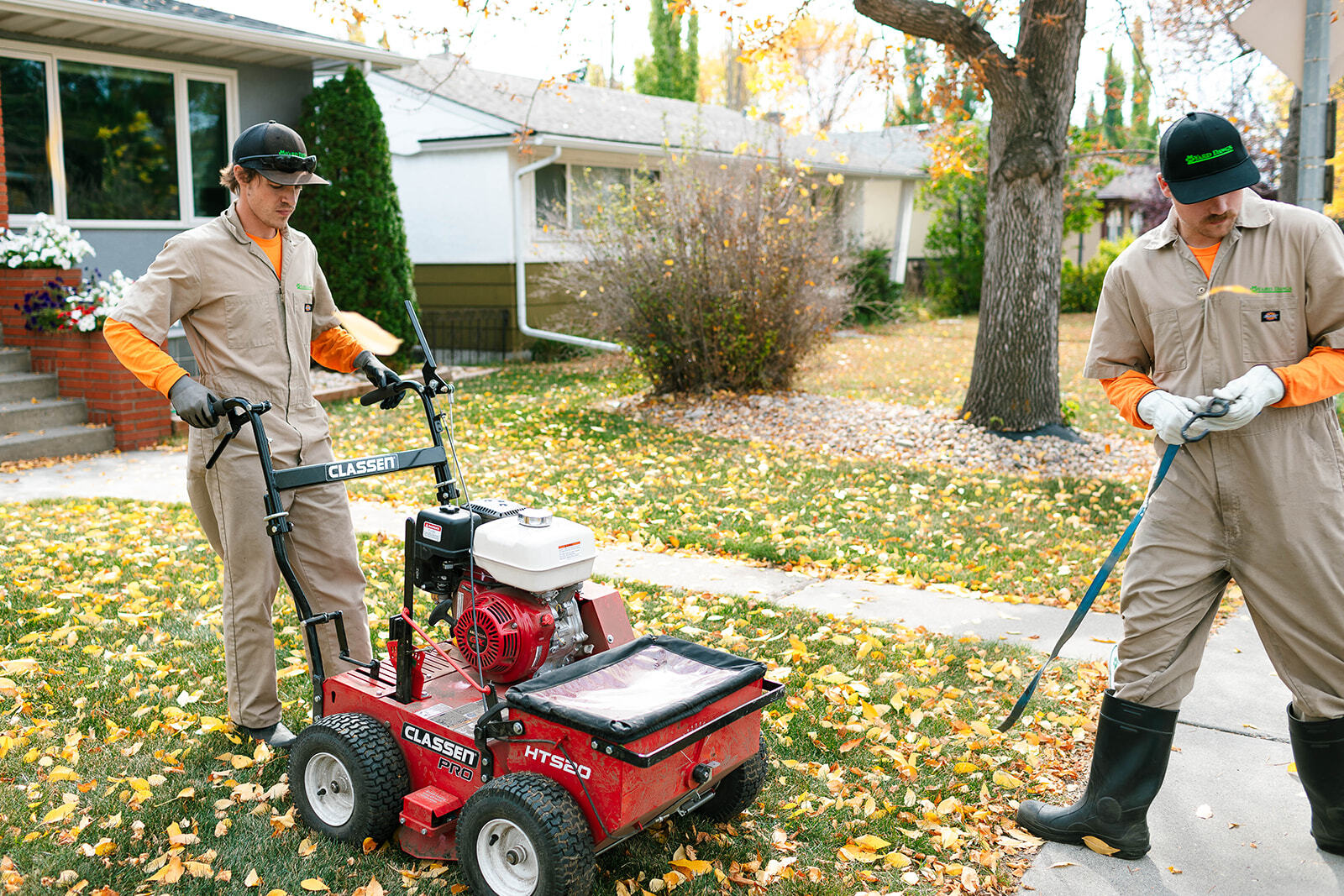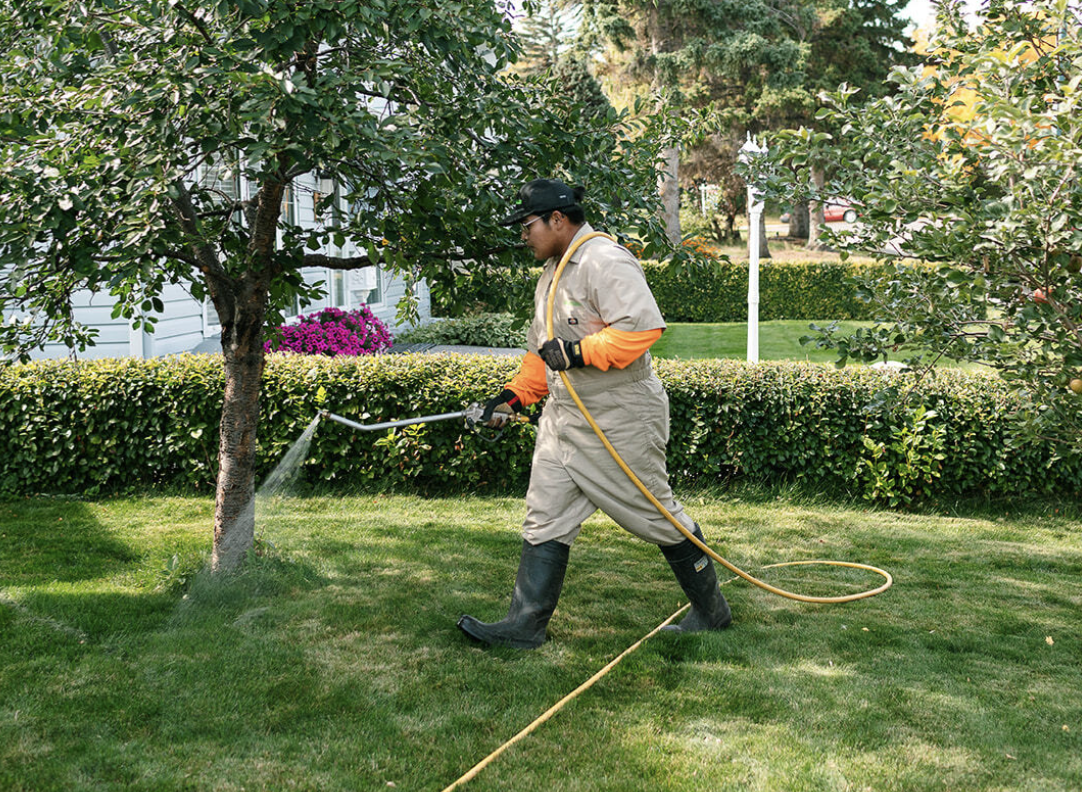Weeds can quickly take over your lawn if left unchecked. In Red Deer, a few common culprits are especially persistent.
Understanding which weeds you're dealing with and how to treat them effectively can save you time, money, and frustration. Here’s a guide to the most common types of weeds in the area and how to keep your lawn looking its best.

Benefits of Getting Rid of Weeds in Red Deer
Weeds can significantly affect the health and appearance of your lawn in Red Deer. Taking steps toward weed control not only enhances your yard’s look but also promotes long-term grass health. Let’s explore the key benefits of getting rid of those pesky invaders.
Improved Lawn Health
When weeds are left unchecked, they compete with your grass for essential nutrients, water, and sunlight. By removing them, your grass can access these resources more efficiently, promoting healthier, stronger growth and preventing thinning or patchy areas.
Enhanced Aesthetic Appeal
Weeds can make your lawn look unkempt and uneven, detracting from its overall beauty. By eliminating them, you create a cleaner, more polished appearance that enhances the curb appeal of your property, making it more inviting and visually appealing.
Reduced Pest Infestation
Many weeds can attract pests like mosquitoes, ants, and rodents, which thrive in overgrown areas. By removing weeds, you reduce the risk of these pests invading your lawn and home, keeping your environment healthier and more comfortable for you and your family.
Prevents Future Spread
Weeds often spread quickly through seeds or roots, leading to even more problems down the line. By addressing them early, you prevent the spread of weeds to other areas of your lawn, saving you time and effort on future treatments and keeping your lawn pristine.
Increased Property Value
A well-maintained lawn can significantly boost the value of your property. By eliminating weeds, you demonstrate that your property is well cared for, which can increase its appeal to potential buyers or renters and enhance its market value.
Types of Weeds in Red Deer and How to Get Rid of Them
Weeds come in all shapes and sizes, each with its own characteristics and growing patterns. In Red Deer, some weeds are particularly common, and understanding how to identify them is the first step in effective control. Here's a look at the most prevalent weeds in the area and how to deal with them.
Bindweed
Identification: Bindweed is a perennial vine with arrow-shaped leaves and white or pink trumpet-shaped flowers. It grows in a twisting, climbing pattern, often entangling plants.
How to Get Rid of Bindweed:
- Pull the vines by hand, making sure to remove the roots completely to prevent regrowth.
- Apply a systemic herbicide directly to the foliage for thorough control, targeting the root system.
- Regularly cut back new growth to weaken the plant, preventing it from spreading.
Black Medic
Identification: This low-growing weed has clover-like leaves and small yellow flowers. It spreads quickly and can be found in lawns, often creating dense patches.
How to Get Rid of Black Medic:
- Mow your lawn frequently to prevent seed production and stop the spread of black medic.
- Use a pre-emergent herbicide in the spring to target seeds before they can germinate.
- For persistent areas, spot-treat with a broadleaf herbicide designed for lawns, following instructions carefully.
Black Nightshade
Identification: Black nightshade is a broadleaf annual weed with dark green, oval leaves and small white or purple flowers that turn into black berries.
How to Get Rid of Black Nightshade:
- Pull young plants by hand, being careful to remove the roots to avoid regrowth.
- Apply a post-emergent herbicide designed for broadleaf weeds to manage mature plants.
- Regularly monitor your lawn and garden to remove any new seedlings before they mature.
Canada Thistle
Identification: Canada's thistle has spiny, lance-shaped leaves and purple flowers that bloom in late summer. It spreads via its root system and can form dense patches.
How to Get Rid of Canada Thistle:
- Dig up the plant carefully, making sure to remove all root sections to prevent new shoots.
- Use a selective herbicide that targets thistles, ensuring it is safe for your lawn.
- Consider repeated treatments throughout the growing season to manage thistle regrowth.
Also, you can always get professional lawn care services to effectively get rid of weeds effectively.
Chickweed
Identification: Chickweed is a low-growing weed with tiny white flowers and smooth, oval leaves. It thrives in cooler months and spreads quickly in shaded areas.
How to Get Rid of Chickweed:
- Hand-pull small patches before the weed goes to seed, removing all parts of the plant.
- Apply a pre-emergent herbicide in early spring to stop chickweed from germinating.
- Use a broadleaf herbicide for mature plants, but ensure it is safe for your lawn species.
Crabgrass
Identification: Crabgrass is a coarse, annual weed that has wide, green leaves and grows in clumps, typically in hot and dry areas of the lawn.
How to Get Rid of Crabgrass:
- Apply a pre-emergent herbicide in early spring to prevent crabgrass seeds from germinating.
- Mow your lawn at a higher setting to encourage dense grass growth, which helps choke out crabgrass.
- Hand-pull young plants before they flower or use a post-emergent herbicide targeted at crabgrass.
Creeping Charlie
Identification: Creeping Charlie, or ground ivy, is a fast-spreading perennial with round, dark green leaves and purple flowers that bloom in spring.
How to Get Rid of Creeping Charlie:
- Dig out patches of creeping Charlie, ensuring all roots are removed to prevent regrowth.
- Apply a selective broadleaf herbicide to targeted areas, following the manufacturer's directions.
- Encourage healthy grass growth by overseeding and improving soil quality to help outcompete creeping Charlie.
Cudweed
Identification: Cudweed is a low-growing, silvery-leafed weed that produces small clusters of flowers. It is often found in dry, disturbed soils.
How to Get Rid of Cudweed:
- Hand-pull the plants, making sure to remove the roots.
- Use a post-emergent herbicide for control of larger infestations.
- Maintain proper lawn care practices, including regular watering and mowing, to prevent cudweed from taking hold.
Dallisgrass
Identification: Dallisgrass is a coarse, tufted weed with broad leaves and large, feathery seed heads. It grows in clumps and can quickly take over lawns.
How to Get Rid of Dallisgrass:
- Dig up the plant, ensuring you remove the entire root system.
- Apply a selective herbicide formulated for grasses to target Dallisgrass while protecting desirable grass species.
- Over-seed your lawn to fill in bare spots and prevent Dallisgrass from reseeding.
Dandelion
Identification: Dandelions have bright yellow flowers and jagged, broad leaves that form a rosette. Their seeds are easily spread by the wind.
How to Get Rid of Dandelions:
- Dig up the plant, making sure to remove the taproot completely to prevent regrowth.
- Apply a selective herbicide that targets dandelions without harming your lawn.
- Regular mowing and consistent lawn care can prevent dandelion seeds from establishing.
Dayflower
Identification: Dayflower is a fast-growing annual with blue, petal-like flowers and long, narrow leaves. It thrives in shady areas and spreads quickly.
How to Get Rid of Dayflowers:
- Hand-pull plants as soon as you notice them to prevent seed spread.
- Apply a pre-emergent herbicide to stop seeds from germinating in early spring.
- Maintain a healthy lawn with regular watering, fertilizing, and mowing to prevent dayflowers from overtaking it.
Fleabane
Identification: Fleabane is a broadleaf annual with small, daisy-like flowers and narrow, lance-shaped leaves. It often grows in disturbed or compacted soil.
How to Get Rid of Fleabane:
- Remove plants by hand, including their roots, to stop further growth.
- Apply a broadleaf herbicide to actively growing plants.
- Aerate your lawn to improve soil health and reduce the conditions that encourage fleabane growth.
Henbit
Identification: Henbit is a low-growing annual with square stems, purple flowers, and roundish leaves. It thrives in cool, moist conditions.
How to Get Rid of Henbit:
- Pull the henbit by hand, ensuring the roots are completely removed to avoid regrowth.
- Use a pre-emergent herbicide in the fall to target henbit seeds before they can sprout in the spring.
- Improve soil drainage and mow regularly to reduce the chance of henbit returning.
Let Yard Dawgs Handle the Weeds for You
From dandelions to quackgrass, dealing with lawn weeds in Red Deer can be a challenge, but you don’t have to do it alone. At Yard Dawgs, we take care of everything from weed control to full lawn care services so you can enjoy a healthier, greener yard without the hassle.


